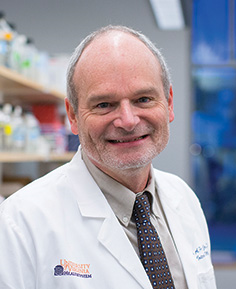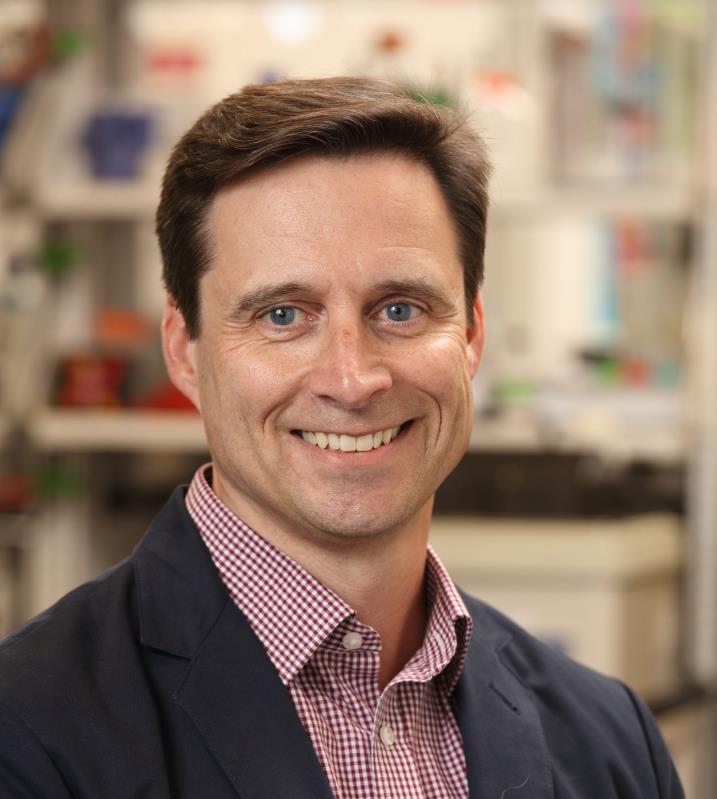6/17/2025
The overarching goal of our research is functional understanding of molecular alterations in lung cancer. To that end, we determine impacts of genomic and transcriptomic alterations on tumor development and…
6/17/2025
William A. Petri, Jr., M.D., Ph.D. studies immunology and molecular pathogenesis of infectious diseases and their consequences. The scope of research includes immunopathogenesis and vaccine development for COVID-19, molecular parasitology…
6/17/2025
The Price Laboratory in the Department of Biomedical Engineering at the University of Virginia has two major areas of research interest. The first centers on the use of image-guided focused…
6/17/2025
Humans are colonized with trillions of microorganisms, collectively termed the microbiota. Aside from providing a first line of defense to invading pathogens or aiding in digestion and metabolism, commensal microbes…
6/17/2025
The post-genomic era is marked by the development of technologies which have revealed the astonishing molecular diversity of gene products. Multiple distinct protein forms, or “proteoforms”, can arise through several…
6/17/2025
Transcriptional silencing Understanding how chromatin structure influences DNA-mediated processes has become a fundamental problem in cellular biology. Chromatin is known to influence the regulation of eukaryotic gene expression, DNA replication, DNA…
6/17/2025
Our laboratory conducts research at the interface of chemistry and biology by employing new chemical tools and design principles to better understand fundamental aspects of cellular communication. Our research program…
6/17/2025
Traumatic Brain Injury (TBI) in the combat environment is a major cause of morbidity and mortality in recent armed conflicts. Dr. Stone’s laboratory currently explores questions related to improving the…
6/17/2025
Defects in chromosome segregation can generate aneuploidy, a condition that is found in almost all human tumors and is the major cause of miscarriages and birth defects. The complex process…
6/17/2025
Cells continually make decisions about their fate: growth, death or differentiation. These decisions frequently are determined by signal transduction cascades of small GTP-binding proteins and protein kinases, which are activated…










